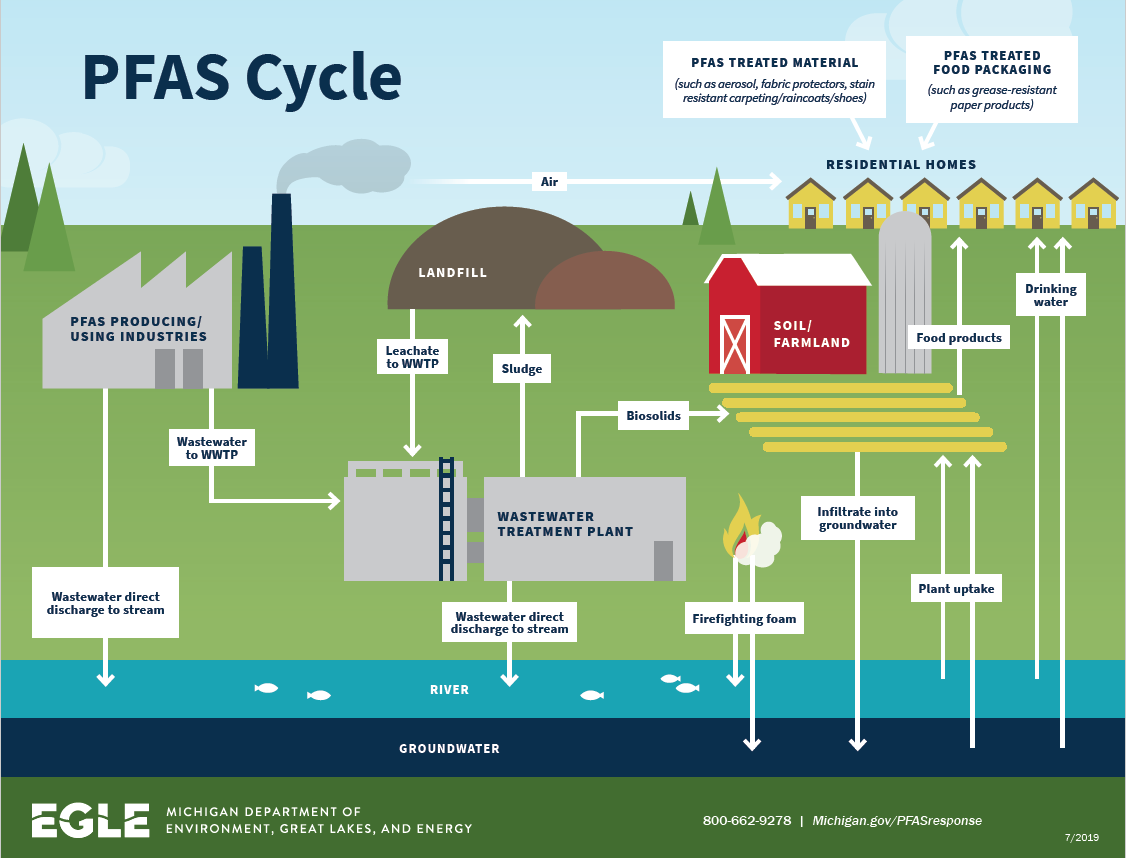Chemical Signals, Snacking, Mindfulness, and Weight: Exploring the Relationship between Exercise and Health
Study Finds Muscles Send Chemical Signals to the Brain During Exercise - Healthline
Healthline
According to a new study published in the journal Neuroscience, the relationship between physical activity and brain health may be even more ...
WION
For some people, 'activity snacking' could be an important stepping-stone towards more regular physical activity or exercise, whereas, for others, ...
How Mindfulness Can Help Create Calmer Classrooms - Greater Good Science Center
Greater Good Science Center - University of California, Berkeley
As more youth experience mental health issues, schools become an important place for developing coping skills and emotion regulation. Emotion ...
Study Confirms Link Between PFAS in Drinking Water and Weight Gain - ecoRI News
ecoRI News
“Our study adds new evidence that being overweight isn't just about a lack of physical activity and unhealthy eating habits — PFAS are ...

Comments
Post a Comment